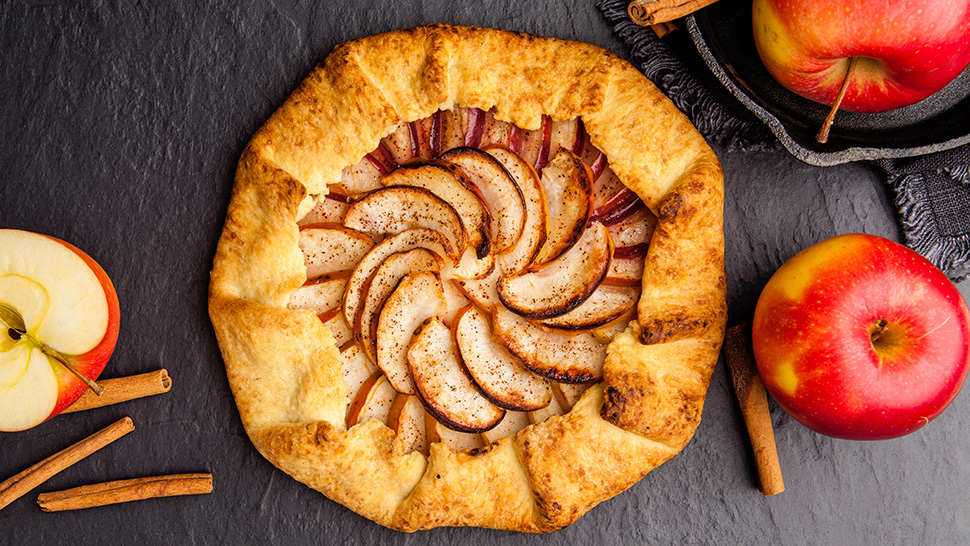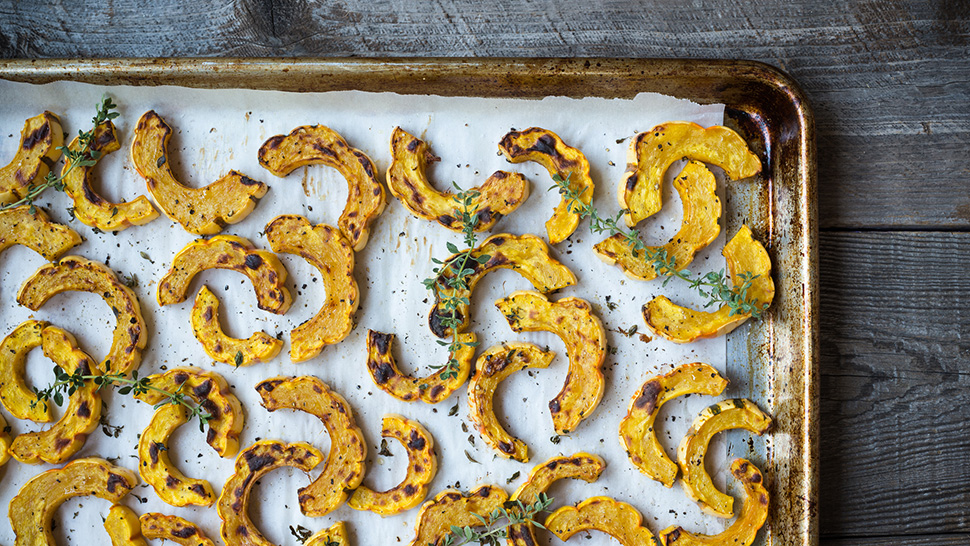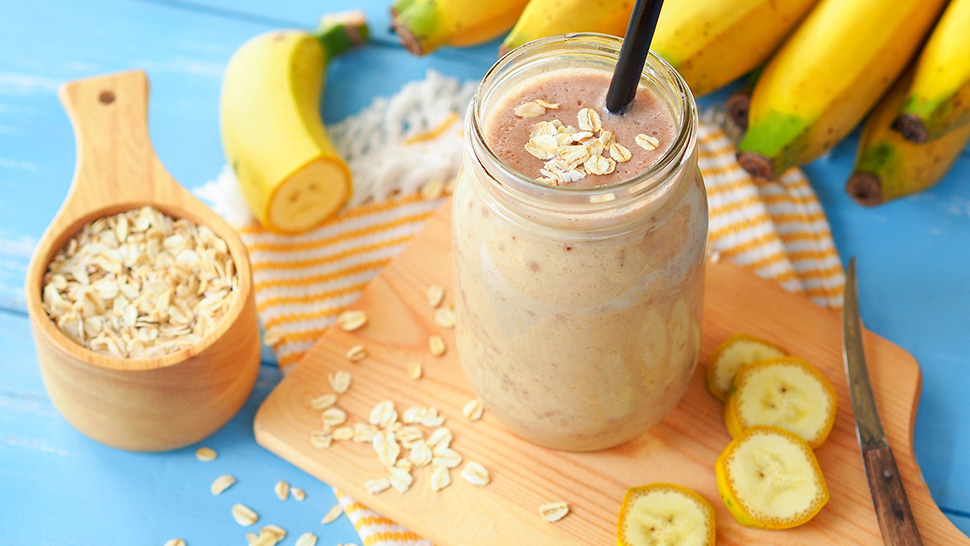Consider the potato: the humble subterranean tuber’s rough exterior belies a versatile flesh that can be fluffy when baked, velvety when puréed, and is downright iconic when fried. The potato is a gateway vegetable for many children (and remains the only vegetable for some picky adults). While the potato has been much maligned by those who eschew carbohydrates, it is an excellent source of fiber, iron, potassium, and B vitamins, the majority of which reside in its peel.
Now, imagine choosing to throw away most of that fiber and other nutrients in favor of aesthetics. Seems silly, right? But that’s what you do every time you peel a potato, or most other vegetables for that matter. (Ever peel potatoes for mashing? The pile of trimmings is equivalent to at least a whole potato in weight!) Not only do you lose edible material by the ounce when peeling vegetables and fruits (edible material you paid for that will now rot in a landfill unless you compost it, you often lose fiber and antioxidants as well as elements of flavor and texture.
When you think about it, the idea of removing part of the nutritional value of a vegetable before you eat it is in direct opposition to what many of us consider the point of eating vegetables in the first place — to support our well-being. So in the name of science and our health (and good taste), let’s learn to love our peels. And, yes, we recognize that learning to love peels takes some practice.
Many of us are used to apple pies without peels and skin-free mashed potatoes. But using unpeeled apples in a pie can eliminate the need for a thickener because apple peels have tons of natural pectin, and rustic “smashed” peel-on potatoes offer a dramatic increase in nutrients over those ethereally fluffy peeled Russets. (Insist on peeling them for mashed potatoes? Cool, no judgement. But may we suggest making the skins into crispy chips?) Below are some skins you can learn to love.
LEARN TO LOVE…

Cucumber skin because that’s where most of the nutrition in this water-rich vegetable resides. (Plus that pop of green is pretty!)
Apple skin because an apple with a peel versus without has a significant difference in fiber and the vitamins/minerals. A natural source of pectin, adding a few apple peels when you’re cooking any fruit jam will thicken it naturally. Or include the skins the next time you make chunky applesauce.
Carrot peels because in most recipes that use carrots it’s not really necessary to peel them, and doing so reduces the amount of fiber you ingest. The peels of carrots and other root vegetables can also be used to make homemade stock along with other aromatic vegetables.
Beet skins because they are thin and easy to eat when roasted. (When raw it’s still better to peel them, unless you’re shredding them.)
Eggplant skins because (especially in the purple-skinned variety) the majority of the antioxidants are in the peel. Try leaving on the skin when grilling or making dishes like Eggplant Parmesan.
Parsnip, rutabaga, and turnip skins because, like carrots, all these root vegetables taste just fine after a quick scrub with a vegetable brush.
Potato skin because, ounce for ounce, it has more fiber, iron, potassium and B vitamins than the flesh alone. Try leaving on the skin when you make roasted potatoes, home fries, or mash.
CHAMPIONSHIP LEVEL — LEARN TO LOVE…

Butternut squash (and other winter squash) skin because, let’s be honest, it’s totally a pain to peel winter squash, and the skin has lots of fiber. With that said, get ready for some texture. And, please know, not all winter squash peels are meant to be eaten.
Watermelon rind because it’s incredibly versatile. You can pickle it, stir-fy it, or put it in a pie. If you’re a pro you’ll eat it raw because it’s crunchy and tastes like a slightly green watermelon. What’s not to like?
Kiwifruit because those fuzzy brown skins are entirely edible and consuming them triples the fiber intake over eating the flesh alone.
FOOD WASTE WARRIOR LEVEL — LEARN TO LOVE…

Banana peels because…you grew up in the U.S. and you want to impress your friends? Yes, you can eat banana peels. While not common in the U.S., banana peels are sometimes consumed in India and parts of Asia (often cooked). Wild health claims have been made about banana peels and the scientific backing on those claims is still in question, but it won’t hurt you to eat them. And you’ll save a lot of food waste.
Want more ways to be a Food Waste Warrior? Check out this article about Surprisingly Edible Plant Parts.
PRACTICAL ADVICE
| Tool of the trade: Invest in a vegetable brush. Most root vegetables (beets, potatoes, carrots, and more) benefit from a good brushing before being prepped for peel-on recipes. (Just don’t store it next to your old vegetable peeler, they might get in a fight.)
Keeping clean: If you’re concerned about pesticide residue on your fruits or vegetables seek organic produce. Whether you buy conventional or organic produce be sure to wash it thoroughly. Watch for wax: Some grocers coat vegetables in food-grade wax to help preserve shelf life. Apples, melons, and squashes are among more than 20 types of produce that are commonly waxed. While these waxes are considered safe for humans, they may produce unappealing results when cooked. Excessive shininess is a tell-tale sign that something has been waxed. Battle bitterness: Some people feel strongly that the peels of certain vegetables taste bitter. In this article find some tips and tricks to battle bitterness. |